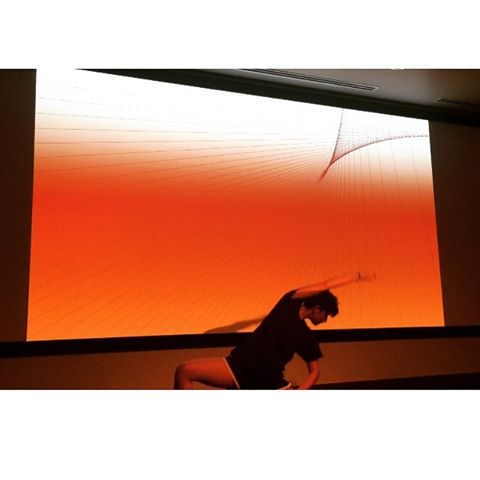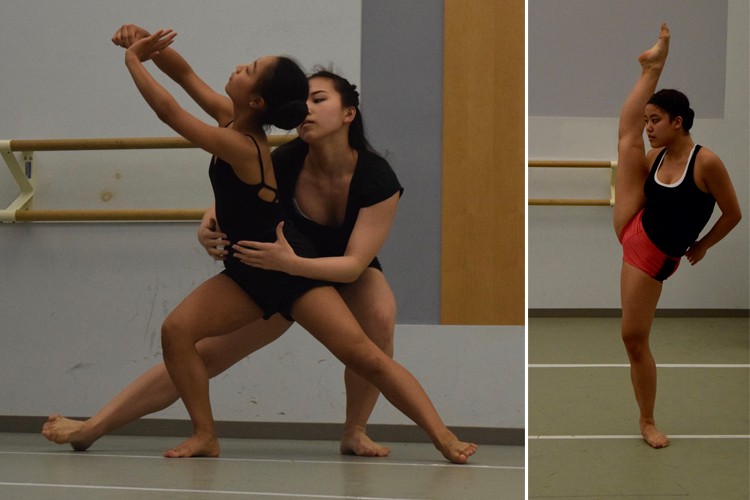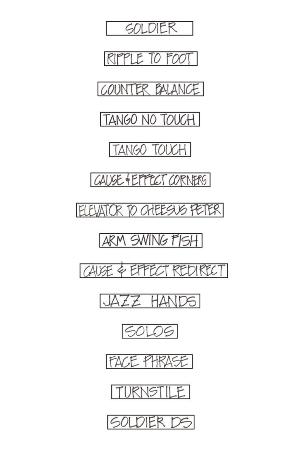In this series, Education Specialist Emily Bray profiles volunteers within the museum. Phillips volunteers are an integral part of the museum and help in many ways: greeting and guiding guests through the museum, helping with Sunday Concerts, assisting patrons in the library, helping out with Phillips after 5 and special events, and so much more. Our volunteers offer a wealth of expertise and experience to the museum, and we are delighted to highlight several them.
Mallory Verez, Art Information Volunteer

Mallory Verez
What year did you start volunteering at The Phillips Collection?
I started volunteering in June 2017.
What do you see as the most valuable aspect of your volunteering?
I want each visitor to be able to leave with something, be that a newfound appreciation or knowledge. Sharing the history of The Phillips Collection and leading visitors to pieces they might like is so exciting. My favorite part is when visitors share their perspectives and understanding with me in return.
What do you do when you are not volunteering at The Phillips Collection?
I’m a full time undergraduate student, studying psychology, and an intern at Joy of Motion Dance Center, a non-profit organization devoted to making dance education and performance available to everyone. Being a part of that organization has been nothing short of incredible.
What is your favorite room or painting here?
My favorite room is easily the Rothko room; I feel like I could spend hours in there. My favorite pieces right now are any by Willem De Kooning.
If you had to choose one word to describe the Phillips, what would it be?
Encompassing.
Share a fun fact about you!
I recently got a shepherd-husky mix puppy, an absolute treasure, whom I named Mojo. She enjoys invading personal space and looking at herself in the mirror.
Is there anything else you would like to share?
I am eternally grateful to The Phillips Collection for letting me spend time engaging with visitors and the art, and for opening my eyes to the possibility of a future in museum work.




